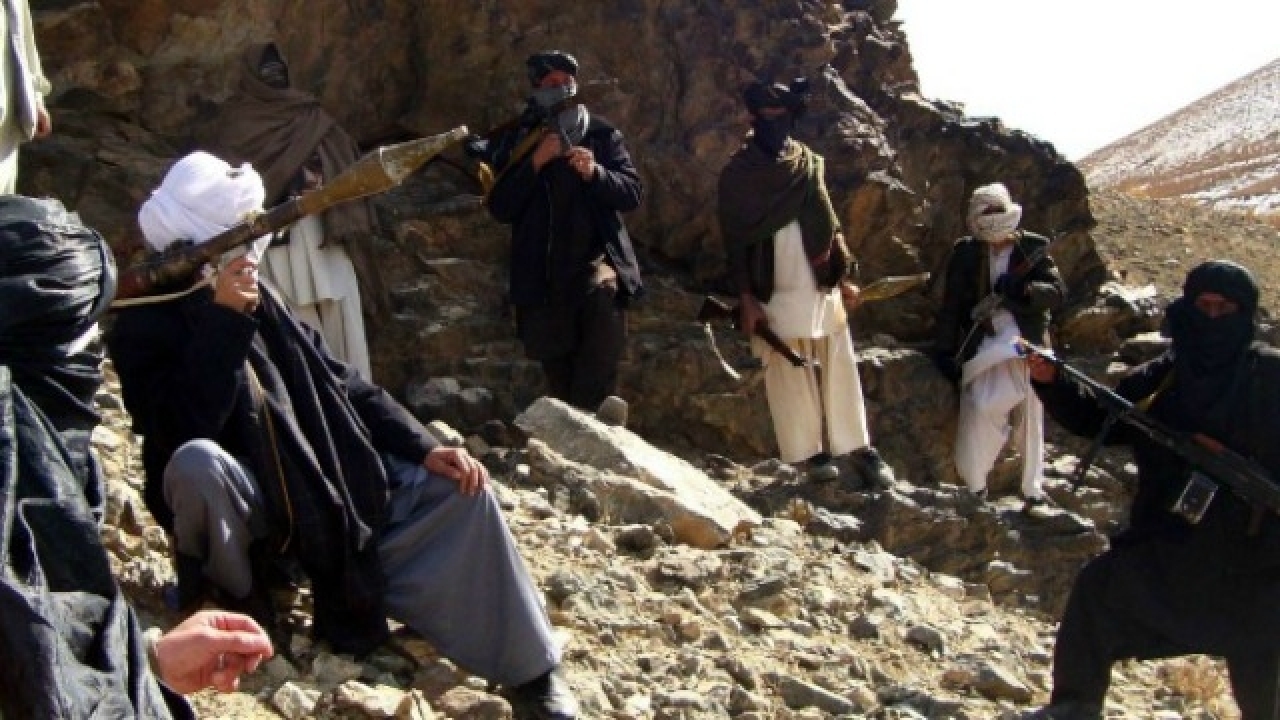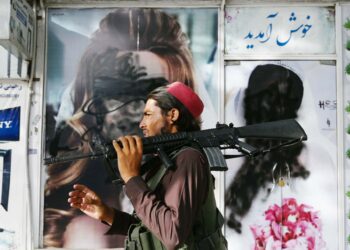Amid the possibility of a deal between the Taliban, the United States, and the government of Afghanistan, experts warn that if fighters are not reintegrated back into Afghan society properly they could pose a significant risk to lasting peace in the region.
Although Taliban fighters only make up two percent of the 3.2 million displaced people in Afghanistan needing to be reintegrated, they have the potential to be peace enablers or spoilers, according to a report by Dean Piedmont for Creative Associates International, which was released on Tuesday.
“Unlike other Afghans, the Taliban pose a disproportionate threat to peace as they could remobilize, shift alliances to other extremist organizations that did not sign an agreement or engage in criminal activities,” he said.
It is essential that Taliban fighters can find employment in sectors that are both enjoyable and financially beneficial to discourage them from rejoining extremist forces, said Tony Wayne, the former deputy U.S. ambassador to Afghanistan, at an event at the Center for Strategic and International Studies on Tuesday.
“These fighters aren’t going to take any jobs,” he said. “They’re happy to have peace for a while. After three or four months, well I am not enjoying, what I’m doing here or is this [job] taking care of my family?”
Currently, unemployment for Afghans between the ages of 15 to 24 is more than 30 percent, with 400,000 youth entering the job market each year, said Piedmont. The lack of employment opportunities in the region makes Afghans particularly prone to recruitment by extremist organizations, he said.
In Afghanistan, there are still plenty of opportunities for people to join extremist groups despite the Taliban potentially entering a peace deal. The Islamic State-Khorasan, also known as IS-K, recently expanded into parts of Afghanistan and surrounding countries and is responsible for over 100 attacks against civilians in Afghanistan and Pakistan since January 2017.
Piedmont stated that if a peace deal is met an estimated 20 percent of the 60,000 Taliban fighters may be susceptible to IS-K influence and recruitment, especially in rural areas where people are less educated and there is a lack of employment opportunity.
“ISIS is recruiting by paying good money to people in the villages. People are poor. But it is also because of the infighting among Taliban commanders and factions,” a police commander in Kajaki district said in 2015.
IS-K also reportedly pay their fighters more than the Taliban, in some regions up to hundreds of dollars more, which further incentivizes unemployed Afghans to switch alliances.
One way to combat this is to invest in agriculture and farming in rural areas which yield a high return, said Rohullah Osmani, an expert on Afghanistan, at the CSIS event. He said that some estimates say that an investment of $100 million per year in agriculture will increase production by over two million tons and create over 200,000 jobs over three to five years.
Investment in education and healthcare are two other areas Osmani highlighted that are crucial to ensuring the reintegration of Taliban fighters, as well as the millions of other refugees and displaced people, into Afghan society.
Wayne said it is now up to donors to invest in Afghanistan’s economy and create programs that aid in the creation of jobs for the large number of people returning to Afghanistan’s workforce if a peace deal is signed.
Has the Taliban Actually Become More Progressive on Women’s Rights?






















